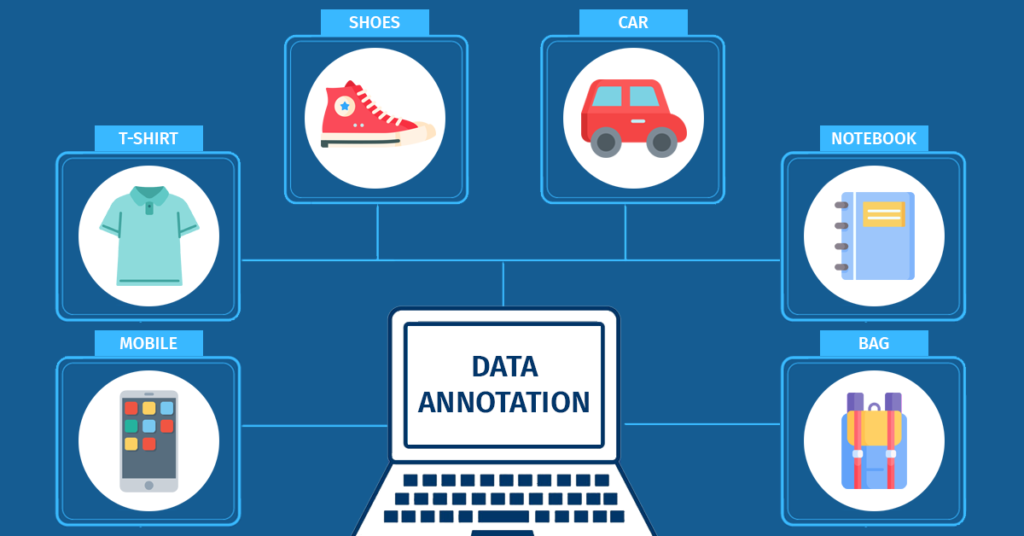Image segmentation is essential in Computer Vision as it enables machines to analyze and interpret visual data at a detailed level. Among segmentation techniques, Instance Segmentation and Panoptic Segmentation are two widely adopted approaches. Although both aim to divide an image into meaningful regions, they serve different purposes and follow distinct principles.
This article explains what each method does, how they differ, and where they are applied in real-world scenarios.

What is Instance Segmentation?
Instance segmentation involves detecting and outlining each individual object within an image. Unlike semantic segmentation, which only assigns class-level labels (e.g., all cars labeled the same), instance segmentation ensures that each object instance receives its own unique identifier.
This finer level of detail is crucial when multiple objects of the same class appear close together or overlap. Instance segmentation excels in scenarios that demand precise localization and separation—such as medical imaging, robotics, or autonomous navigation.
What is Panoptic Segmentation?
Panoptic segmentation combines the strengths of instance and semantic segmentation into a single framework. It not only identifies individual objects but also ensures that every pixel in the image is assigned a label, including background and non-object regions.
This approach offers a complete scene understanding—capturing both object-level differentiation and contextual information. In other words, panoptic segmentation bridges the gap between “who is in the image” and “what environment they exist in.”
Key difference between instance and panoptic segmentation

While both techniques are used to segment images, their objectives and outputs differ significantly.
Instance Segmentation
The goal is to separate each object instance. Every detected object receives both a class label and a unique instance ID. This allows systems to distinguish between, for example, two different people or cars—even if they belong to the same category.
Models like Mask R-CNN are commonly used for this task, predicting both bounding boxes and precise segmentation masks.
Panoptic Segmentation
Panoptic segmentation extends beyond individual objects by labeling every pixel in the scene. Pixels that belong to objects receive instance-specific labels, while background or amorphous regions (like sky, grass, or road) receive semantic labels.
This approach delivers a unified view of both object-level and context-level understanding, making it valuable for applications that require full scene interpretation.
Key Differences
- Granularity: Instance segmentation focuses on distinguishing individual objects, while panoptic segmentation offers pixel-level labeling for the entire scene.
- Context Awareness: Panoptic segmentation provides semantic context beyond object boundaries, aiding higher-level reasoning tasks.
- Application Focus: Instance segmentation is suited for tasks like object detection and tracking, whereas panoptic segmentation is preferred in urban planning, AR, or environmental monitoring, where understanding both objects and surroundings is essential.
Techniques to perform image segmentation
Both approaches rely largely on deep learning models, particularly Convolutional Neural Networks (CNNs). The typical pipeline includes:
- Data Preparation – Collecting and labeling images with corresponding masks.
- Model Training – Using architectures such as Mask R-CNN (for instance segmentation) or Panoptic FPN (for panoptic segmentation).
- Inference – Applying trained models to segment new images.
Uses and Example Use Cases

Instance Segmentation
- Object Detection and Tracking – Essential in self-driving cars for identifying vehicles and pedestrians.
- Medical Imaging – Helps in separating organs, tumors, or lesions in scans.
- Retail Analytics – Enables customer tracking and product interaction analysis.
Panoptic Segmentation
- Scene Understanding – Helps systems grasp both objects and their surroundings.
- Augmented Reality – Enables virtual overlays that accurately fit into real-world environments.
- Cultural Heritage Preservation – Assists in documenting complex historical structures with semantic precision.
While both techniques offer powerful capabilities, preparing datasets for them is time-intensive and complex. A reliable annotation tool can significantly streamline this process.
The Coral Mountain annotation platform supports both Instance and Panoptic segmentation, featuring multi-layer masking, fast previews, seamless exports, and an AI-assisted automatic tool similar to “Magic Segment” for effortless object selection.
In summary, Instance and Panoptic segmentation each bring unique advantages:
- Instance segmentation excels in distinguishing individual objects.
- Panoptic segmentation delivers a complete semantic understanding of the entire scene.

With advancements in deep learning, both methods continue to shape the future of Computer Vision across industries—from healthcare to transportation and beyond.
Coral Mountain Data is a data annotation and data collection company that provides high-quality data annotation services for Artificial Intelligence (AI) and Machine Learning (ML) models, ensuring reliable input datasets. Our annotation solutions include LiDAR point cloud data, enhancing the performance of AI and ML models. Coral Mountain Data provide high-quality data about coral reefs including sounds of coral reefs, marine life, waves….
Recommended for you
- News
Outsourcing your data annotation tasks is not always an easy decision. This article helps you evaluate...
- News
Essentials of Video Annotation: Types, Techniques, and Applications for Enhanced Machine Learning Models Have you ever...
- News
3D point clouds have become essential in fields such as robotics, autonomous vehicles, and forestry. Compared...
Coral Mountain Data
Office
- Group 3, Cua Lap, Duong To, Phu Quoc, Kien Giang, Vietnam
- (+84) 39 652 6078
- info@coralmountaindata.com
Data Factory
- An Thoi, Phu Quoc, Vietnam
- Vung Bau, Phu Quoc, Vietnam

Copyright © 2024 Coral Mountain Data. All rights reserved.



